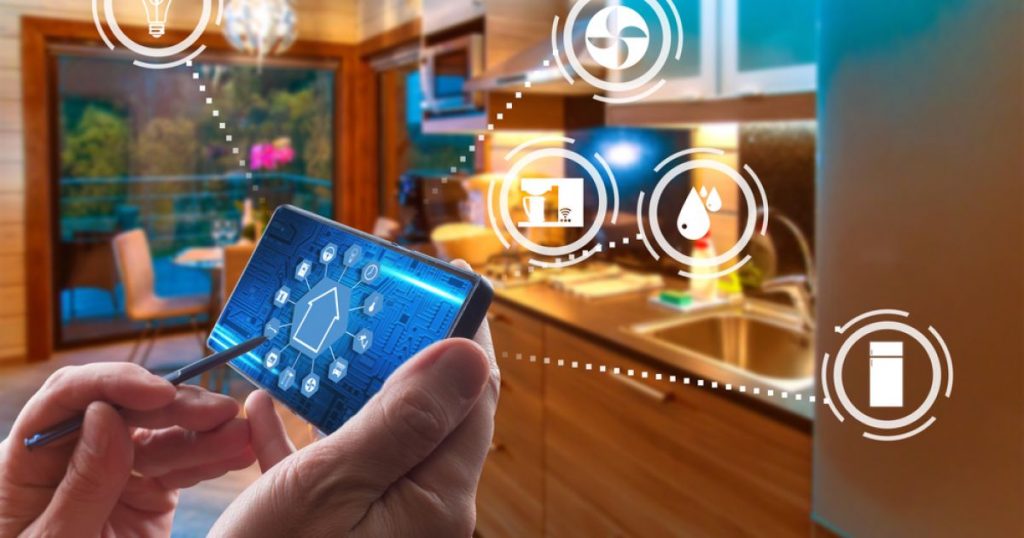The Safety of Smart Home Devices: Unveiling the Truth Behind the Convenience

In recent years, smart home devices have gained immense popularity, promising convenience, efficiency, and connectivity. From voice-controlled assistants to automated security systems, these devices have transformed our homes into futuristic living spaces. However, amidst the excitement, concerns about the safety and security of smart home devices have emerged. In this blog post, we will delve into the intricacies of smart home device safety, exploring potential risks, best practices, and the measures you can take to ensure a secure and protected smart home environment.
- Understanding the Risks:
Smart home devices, like any other connected technology, are susceptible to various security vulnerabilities. From unauthorized access to data breaches, these risks can compromise your privacy, safety, and even physical security. Understanding the potential risks is crucial in safeguarding your smart home ecosystem. - Securing Your Smart Home Network:
The foundation of a secure smart home lies in a robust and well-protected network. Implementing strong passwords, enabling two-factor authentication, and regularly updating firmware are essential steps to fortify your network against potential threats. Additionally, segmenting your network and isolating smart devices from critical systems can minimize the impact of a breach. - Evaluating Device Security:
Before integrating any smart home device into your ecosystem, it is vital to assess its security features and track record. Look for devices that prioritize encryption, offer regular security updates, and have a strong reputation for protecting user data. Researching and choosing reputable brands and manufacturers can significantly reduce the chances of falling victim to security vulnerabilities. - Privacy Concerns:
Smart home devices often collect and process vast amounts of personal data. Understanding how your data is being used and shared is crucial. Opting for devices that provide transparent privacy policies and allow you to control data sharing preferences can help you maintain control over your personal information. - Regular Updates and Maintenance:
Keeping your smart home devices up to date with the latest firmware and software patches is vital. Manufacturers often release updates to address security vulnerabilities and enhance device performance. Regularly checking for updates and promptly applying them ensures that your devices remain protected against emerging threats. - Network Monitoring and Intrusion Detection:
Investing in network monitoring tools and intrusion detection systems can provide an additional layer of security for your smart home. These tools can help identify suspicious activities, unauthorized access attempts, and potential breaches, allowing you to take immediate action to mitigate risks.
Conclusion:
While smart home devices offer unparalleled convenience and connectivity, it is essential to prioritize safety and security. By understanding the risks, implementing best practices, and staying vigilant, you can create a smart home environment that is both innovative and secure. Remember, the key to enjoying the benefits of smart home technology lies in striking a balance between convenience and safety.


